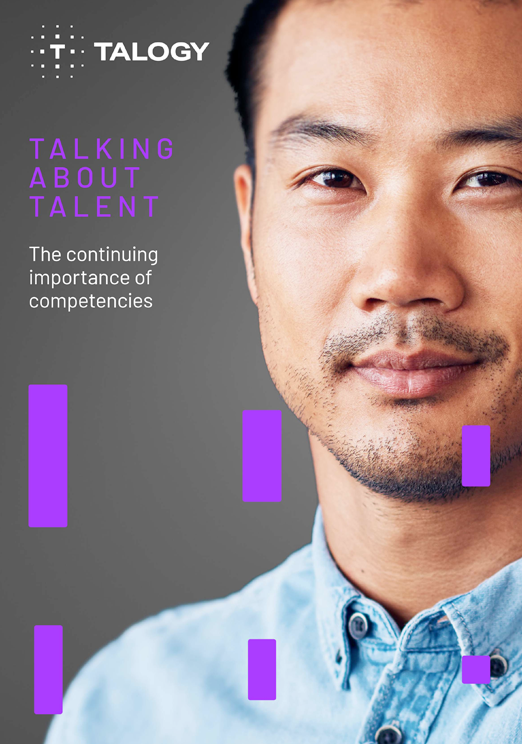Rapidly evolving technology is making it easier and easier for consumers to make informed purchases without the need of a salesperson. With software available that qualifies needs and makes recommendations as well as a human can, transactional salespeople may not be needed much longer.
Sales, as a job, isn’t going away, but it is changing. There’s an ever-increasing focus on relationship management, specialized expertise (understanding analytics as well as complex products), and innovative marketing through the use of technology and social media. As we described in Part 1, the salesperson of the future is both adaptable and willing to embrace change.
But what about Sales Leaders and Talent Acquisition Directors who need to hire and develop these salespeople? How will they know which applicants are likely to thrive and which ones will struggle to make the transition? The answer: by adding two essential tools for the hiring toolkit, behavioral competencies and people analytics. That’s how!
Behavioral competencies are clusters of personality traits that lead to on-the-job behaviors considered critical to successful performance and sales effectiveness in a given role. At Caliper, some of the competencies we might look for in high-potential sales applicants are Learning Agility (for taking what they already know and adapting it to solve new client challenges), Active Listening (so they are addressing unique needs instead of pushing off-the-shelf solutions), and Global Mindset (because we’re playing on a world stage now).
Different sales roles require different blends of competencies, but the point is that successful salespeople of the future will need more than a strong sense of urgency and an outgoing personality. Fortunately for leaders who must fill sales roles, a good pre-employment assessment built on a scientific foundation of behavioral competencies can reveal which applicants show the desired attributes and which ones do not… before a hiring decision is made.
Of course, hiring is only part of cultivating sales effectiveness in an organization. You also have to have the right mix of people. This is where people analytics comes into play.
With a strong analytics platform, you can identify high-potential employees (even those who work elsewhere in the company, provided you have personality-assessment data on them) and future sales leaders, and you will be able to uncover organizational gaps.
When companies hire ineffective salespeople, the costs can be staggering, and not just in terms of lost sales and poor account retention. They’re also wasting time and resources on training and development that goes for naught, and leaders are devoting too much of their own time and energy dealing with under-performers instead of focusing on market trends and organizational strategy. By incorporating competencies and analytics into your hiring and development system, you’ll have the tools and information to gain unprecedented control over your hiring and team-building objectives.

